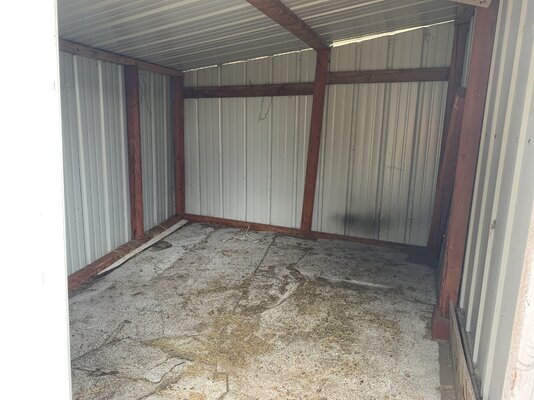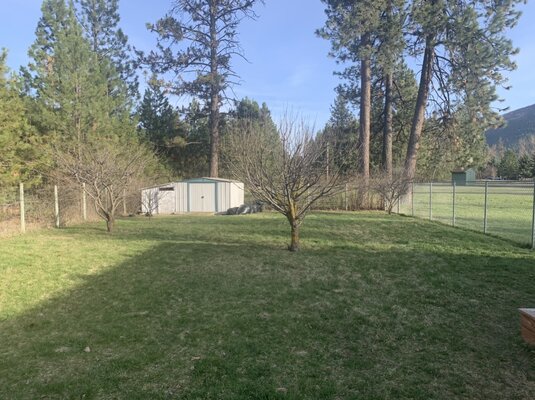Greetings everybody,
I think this is my first post here. We're currently brooding out (4) Barred Rocks and (4) Jersey Giants. We live in Montana on about 2/3 of an acre. I have neighbors and would like to keep things presentable (working on a nice looking coop), hoping to avoid mud holes and bare ground as much as possible. There's a few threads right now that I'm seeing discuss this topic. I'd like to plant some fast growing edibles in paddocks and rotate them every week.
I'll be making five paddocks, roughly 10'x15' and moving them to a new pen every 7 days. It could be larger but this is outside of our fenced yard area and into our side lot. I think this works out to be roughly ~1000sqft per bird per year. Are there any recommendations for edible plants for chickens that do well in hot and dry climates? We do have some clover already in our yard, but I'm not sure how hot the neighbors would be on a plant like that being there? Also, is there any good looking, moveable poultry netting/electric fencing? We regularly have bears by us and some other large critters that we need to keep out.
The chicks are doing well so far. The Giants are mellow, the Rocks a bit less so. It's our first time trying this (I've wanted to for maybe 10 years but haven't done it till now.) and we're excited to maybe not buy many more eggs at the store and have some help breaking down our food waste.
All the best. Thanks.
I think this is my first post here. We're currently brooding out (4) Barred Rocks and (4) Jersey Giants. We live in Montana on about 2/3 of an acre. I have neighbors and would like to keep things presentable (working on a nice looking coop), hoping to avoid mud holes and bare ground as much as possible. There's a few threads right now that I'm seeing discuss this topic. I'd like to plant some fast growing edibles in paddocks and rotate them every week.
I'll be making five paddocks, roughly 10'x15' and moving them to a new pen every 7 days. It could be larger but this is outside of our fenced yard area and into our side lot. I think this works out to be roughly ~1000sqft per bird per year. Are there any recommendations for edible plants for chickens that do well in hot and dry climates? We do have some clover already in our yard, but I'm not sure how hot the neighbors would be on a plant like that being there? Also, is there any good looking, moveable poultry netting/electric fencing? We regularly have bears by us and some other large critters that we need to keep out.
The chicks are doing well so far. The Giants are mellow, the Rocks a bit less so. It's our first time trying this (I've wanted to for maybe 10 years but haven't done it till now.) and we're excited to maybe not buy many more eggs at the store and have some help breaking down our food waste.
All the best. Thanks.






 Or it's all just a non-issue.
Or it's all just a non-issue. 